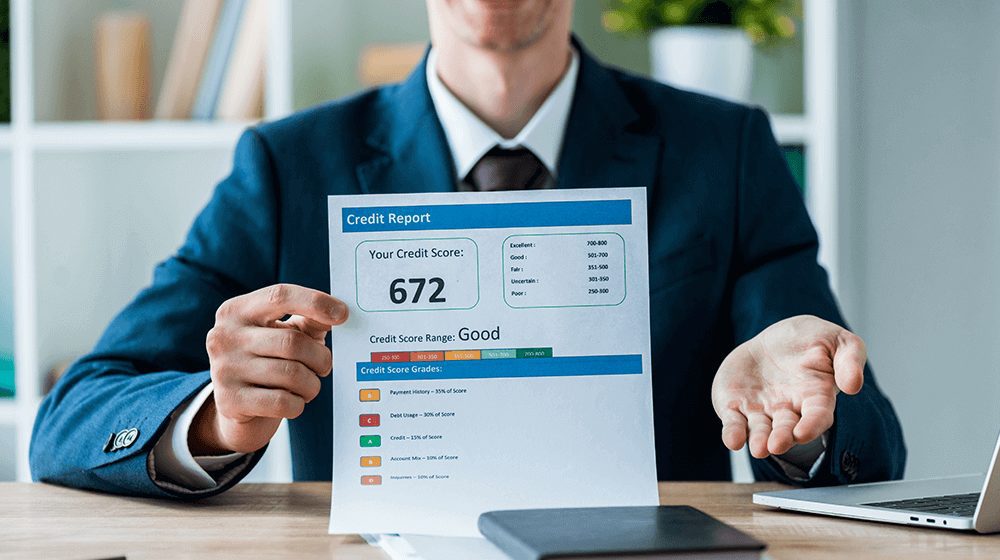Having an outstanding collection on your credit report can be a source of significant frustration and stress. Not only does it adversely affect your credit score, but it can also make it difficult for you to access financial products such as credit cards, auto loans, and even personal loans. Fortunately, it’s entirely possible to get rid of collections from your credit report, and achieving it requires just eight steps.
Step 1: Pull Your Credit Report
Pulling your credit report will give you the insight needed to determine why the collections account exists, who owns it now, and whether or not it was placed on your credit report in error. Also, you’ll be able to review your credit report in detail, looking for any additional negative accounts or inaccuracies that may have caused your credit score to drop. You can get one free copy of your credit report from each of the three major credit bureaus once a year.
Step 2: Dispute the Collection
If you think the collection is inaccurate or invalid, don’t hesitate to file a dispute with the credit bureau that is reporting it. They have around 30 days to investigate the issue and make a decision. If it’s found to be inaccurate, it will be removed from your credit report.
Step 3: Determine What Happened
If the collection is accurate but you don’t know what it’s for or who owns it, your best course of action is to contact the collections agency. Make sure to get their contact information from the credit report rather than allowing them to access your account remotely. Once you get the details sorted, you can move forward.
Step 4: Negotiate
If the collection is valid and you owe the debt, then you’re going to have to negotiate. Start by contacting the creditor and offering to pay the amount owed in exchange for a written documentation that states the debt has been paid and request that they remove the collection from your credit report. Be sure to ask for the specific details regarding when the collection will be removed, who will remove it, and when it will happen.
Step 5: Offer A Settlement
If the creditor is unwilling to offer the written documentation, or you don’t have the funds to pay the full amount owed, you can try offering a settlement. A settlement is an agreement to pay a reduced amount in return for the full amount being removed from your credit report.
Step 6: Make Payments On Time
Once you’ve paid off the collection, make sure to pay your bills on time each month. Late payments can undo all of your hard work and lowering your credit score.
Step 7: Monitor Your Credit Report
Once your credit report has been updated, monitor it regularly to ensure that the collection has been removed. If it hasn’t been removed after a few weeks of making payments, then you should file a dispute with the credit bureau and follow all of their instructions.
Step 8: Consider Credit Repair
If you’re still having trouble getting collections removed from your credit report, you may want to consider working with a reputable credit repair firm. They can help negotiate with creditors and make sure the collection is removed from your credit report.
Final Thoughts
Getting rid of collections on your credit report is possible, but it requires a significant amount of patience, perseverance, and hard work. Follow the eight steps outlined above and watch as your credit score begins to rise. With consistency and determination, you’ll be able to restore your credit over time.



